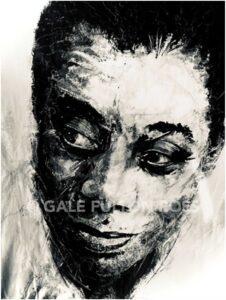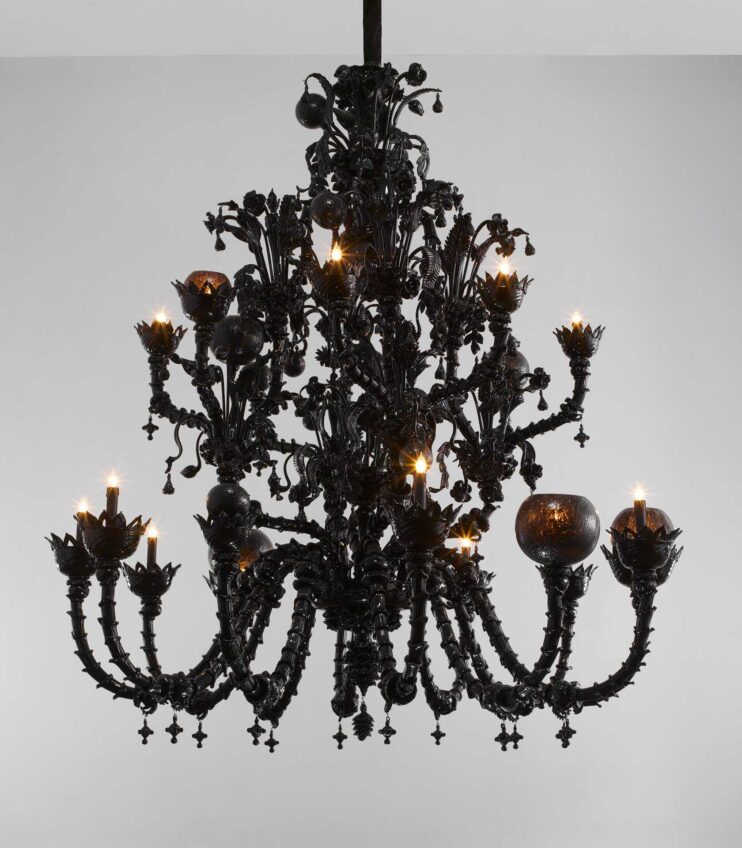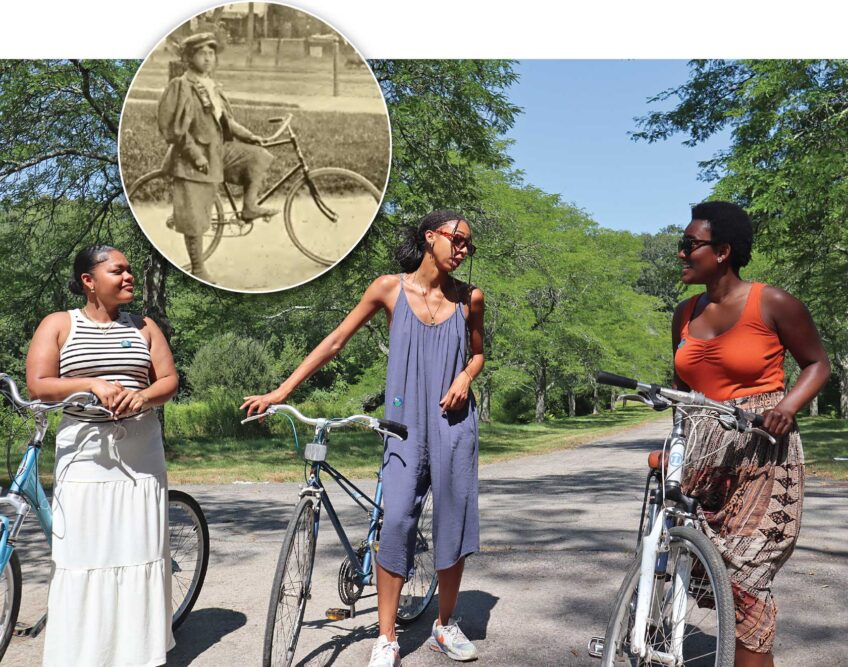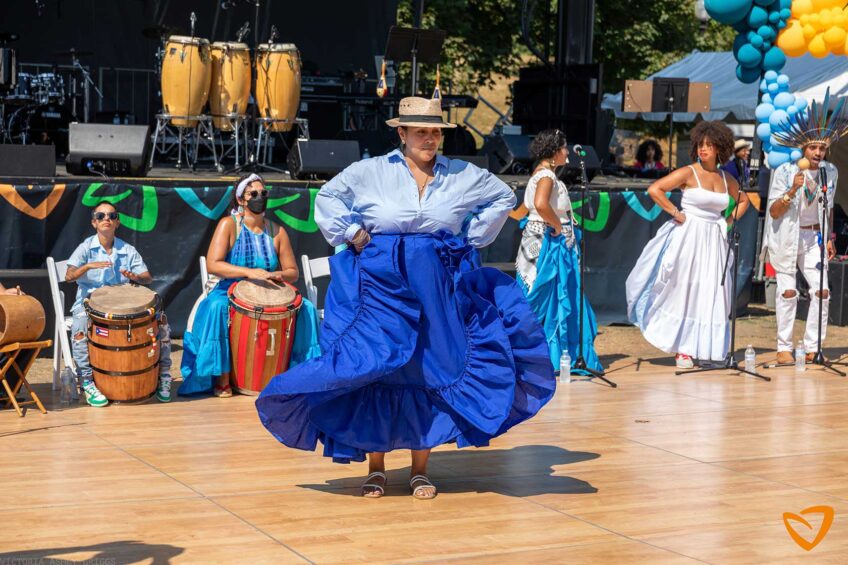Banner [Virtual] Art Gallery
Paul Goodnight in conversation with artist Gale Fulton Ross
![Banner [Virtual] Art Gallery Banner [Virtual] Art Gallery](https://baystatebanner.com/wp-content/uploads/2024/04/Gale-Fulton-Rosss1-750x1024.jpg)
View Banner Art Gallery
Banner [Virtual] Art Gallery
Sponsored by City of Boston | Mayor Michelle Wu
This is the 15th interview in a weekly series presenting highlights of conversations between leading Black visual artists in New England. In this week’s installment, artist Paul Goodnight talks to artist Gale Fulton Ross.
Now an artist-in-residence in California and living in Florida, Gale Fulton Ross is a modern master of painting who also practices portraiture, printmaking, and sculpture. Her artwork is in the permanent collections of The Charles H. Wright Museum in Detroit, The Oakland Museum, San Francisco General Hospital and The Maryland Historical Society, among other places. Her artistic journey has taken her to France, Beijing, Tanzania, Germany and Italy.
Her painting “Modern Sojourner” will be featured in an exhibition April 12–May 31 at the Malden Public Library, which has three of Ross’ other works on permanent display at the Malden Public Library’s Converse Museum.
Paul Goodnight: Gale, who were the first three people who most inspired you to continue to follow your calling?
Gale Fulton Ross: My father, Herman Fulton Jr., my son, Craig Ross Jr., and it’s going to sound corny, but I have to say the universe. It has directed my steps.
Why your father and your son?
My father was a frustrated artist. Most people don’t realize this, but [he] designed the fins on the Cadillac. He worked for a place called Ferry Street Motors in Malden, Massachusetts. He used Oldsmobile and Cadillac parts. He was a body and fender man at this dealership, not an artist or designer. But that was his dream. He was what they called a dream car builder. This was his first one, and he designed the fin in the cellar of our home in Malden. After dinner every night, he would go down into the cellar. He created this space. There was a big drafting table with a lightbulb that hung from a chain. He would go down and plan out anything. I wanted to be down there with Dad because I liked to draw. He knew it, so he encouraged me.
Whose work inspired you when you were developing your artwork, and are they still living?
They’re not living. It was Charles White who influenced a lot of us because he was being seen by the art world, and there was a man named Willie Webb. He was part of my church — Emmanuel Baptist Church in Malden. He could paint and draw. He knew that I liked it, so he would show me his work and tell me what he did.
How does your artwork untangle the web of racism?
I deal with the maternal — the nurturing, the feminine, the moods of women. It was one of the things I thought I needed to do because I didn’t see a lot of artworks that looked like me. I wasn’t seeing us. And then, when I did see us, it didn’t have the dignity that my aunts had. I thought it was my job. I thought that’s what I would have to go off and do. And that’s how I would change the narrative of my people — through the mother.
What does the completion of your artwork mean to you?
My artwork is never complete, Paul. It won’t be complete until I close my eyes for good. As we keep growing, we change. I do not paint the way I did in my 20s. I’m in my 70s. So, no completion.
Why do we need art?
It is the universal language. Art is the one language you can use anywhere in the world, anywhere in the country. If you meet another artist and look at their work, your eyes alone, the way you look at it, it’s language. [It] can provoke a conversation, a feeling of love or warmth.
Within the context of art, for what are you most grateful?
I had a conversation with James Baldwin on a bar stool in New York City in 1978 at a place called Mikell’s, an afterhours dance club [at 760 Columbus Ave]. His brother David was the bartender. I was 31 and lived on 77th. Jimmy was 54. I said to him, “I want to be famous. I want to be in museums. I want to be in galleries.” I think I even went further than that, since I was drinking something called a sloe gin fizz at the time. I looked at Jimmy and said, “I want to be a household name.” He looked at me and said, “No you don’t. You don’t want to be any of that. What you want is an art-driven life. Live an art-driven life.” I can tell you I truly have done it. It’s not easy, but everything you want will begin to come to you at the right time. It’s happening now.
View Banner Art Gallery









